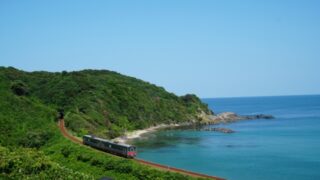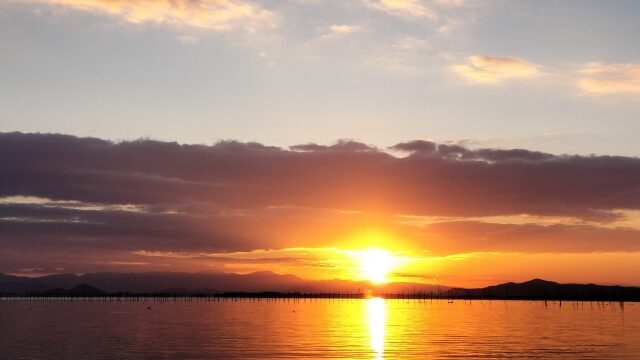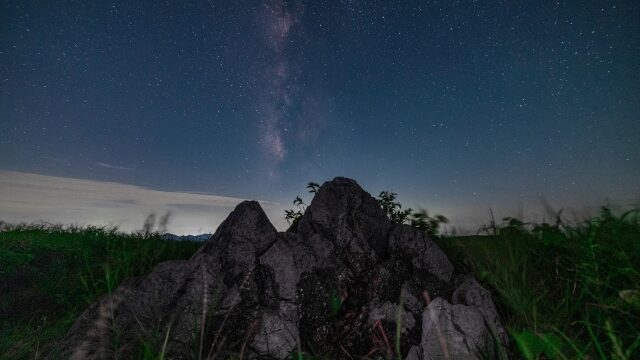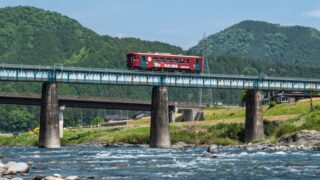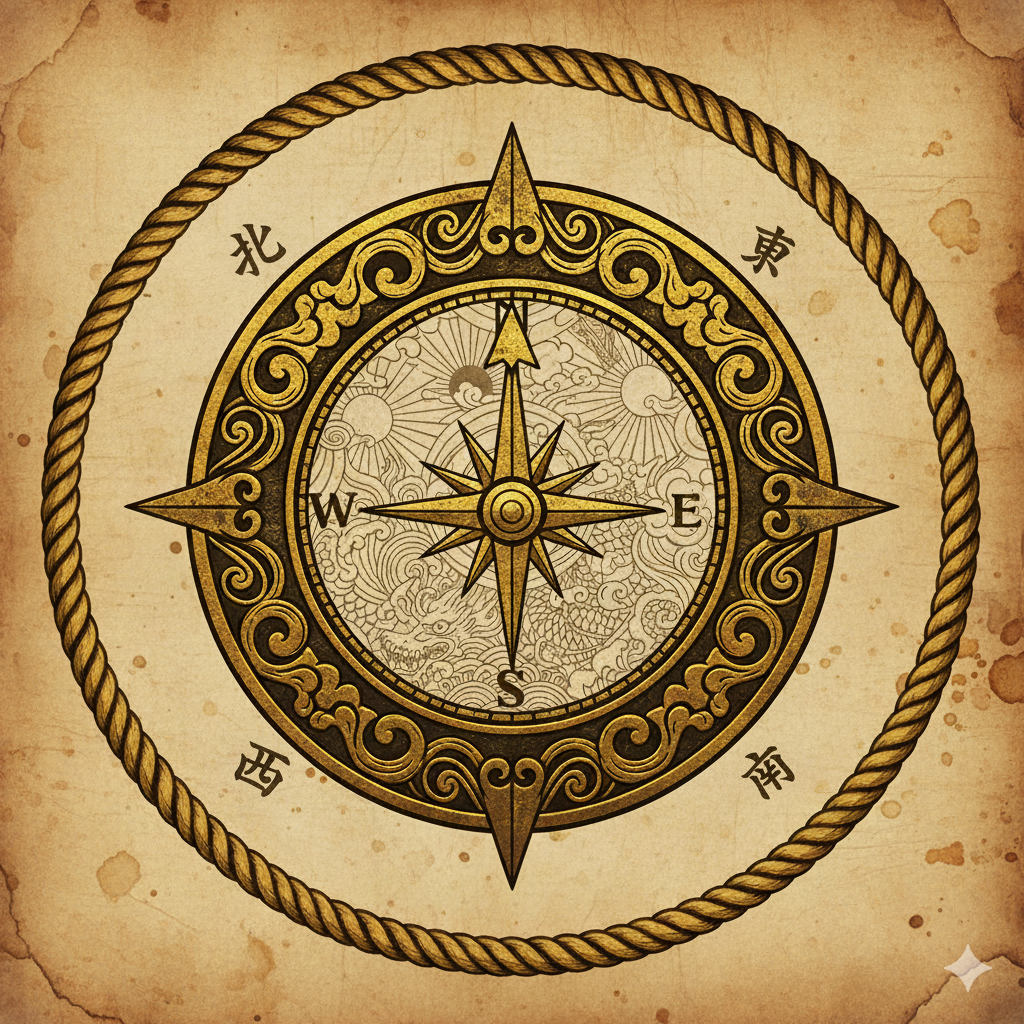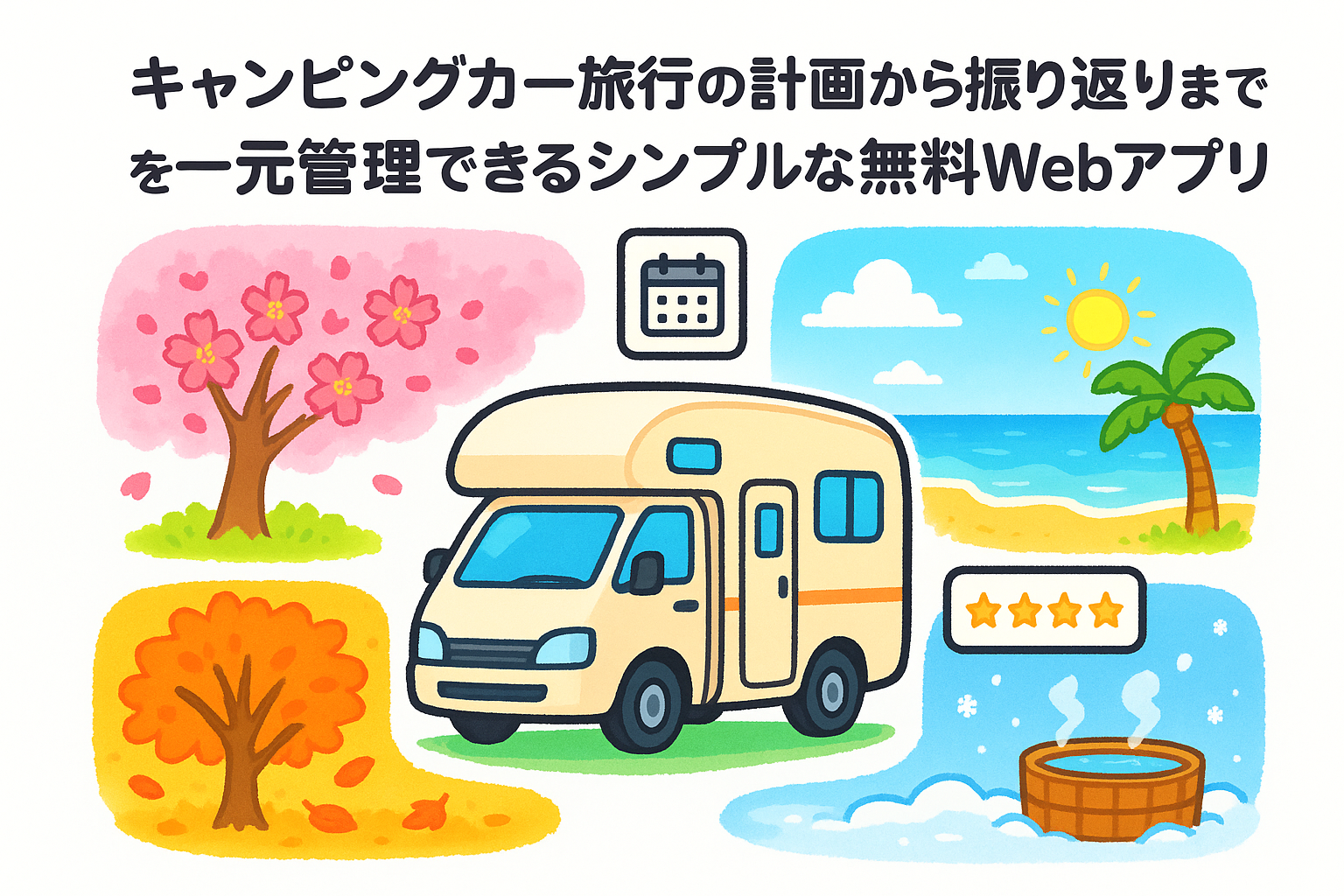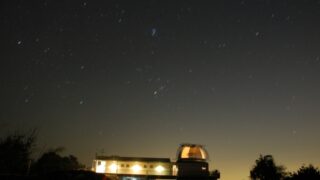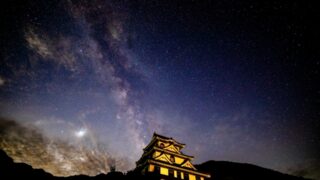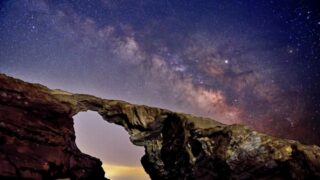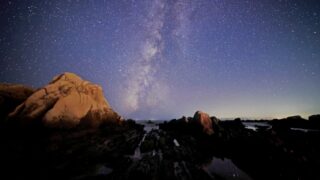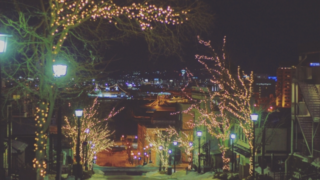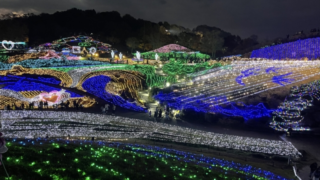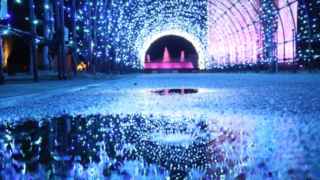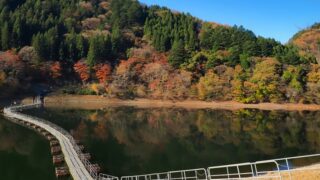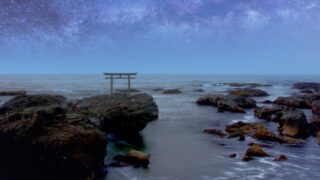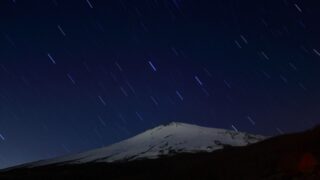The “Ultimate Tag Team” of Camping Cars and Railway Photography
―A Gem of a 7-Line Column Touring Valleys, Satoyama, and Coastlines in 5000 Characters
Camping cars, free from hotel bookings and last train schedules, are the perfect companion for achieving the luxurious flow of **”arriving before sunrise → shooting in optimal light → leisurely processing inside the vehicle”**. By consolidating travel and accommodation costs, you can maximize shooting opportunities while keeping travel expenses down.
3 Benefits of Camping Car Photography Travel
Photography Equipment & Technique Quick Check
- Equipment: Full-frame + 70-200mm/24-105mm for versatility. 100-400mm also excellent for valley overviews
- Useful additions: CPL filter (cuts river/sea reflections), lightweight step ladder (low-angle support), handheld GPS (position tags for RAW management)
- Basic settings: SS1/1000+ to maintain motion feel, f8 area for depth of field from tracks to mountains, ISO auto with 1600 upper limit guideline matching light conditions
- Etiquette: No private property entry / Stay 2m from tracks / Tripods only at minimal foot traffic points
1|Valley Beauty Cutting Through Hozu Gorge ― Sagano Tourist Railway
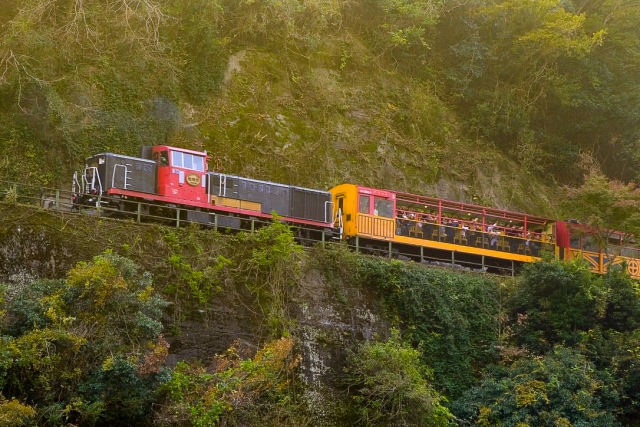
The Sagano Tourist Railway tourist trolley train runs 7.3km on the abandoned former San’in Main Line tracks. From Kyoto’s Sagano to Kameoka, it slowly progresses through deep V-shaped valleys along the Hozu River. The main highlight is the Hozu River Bridge built in the Meiji era, where spring cherry blossoms, summer fresh greenery, and autumn colors fill the car windows. While waiting for morning mist rising from the valley floor, brewing warm coffee inside the camping car, the moment comes when headlights cut through the fog. Train speed is leisurely at around 25km/h, making timing easy even for beginners.
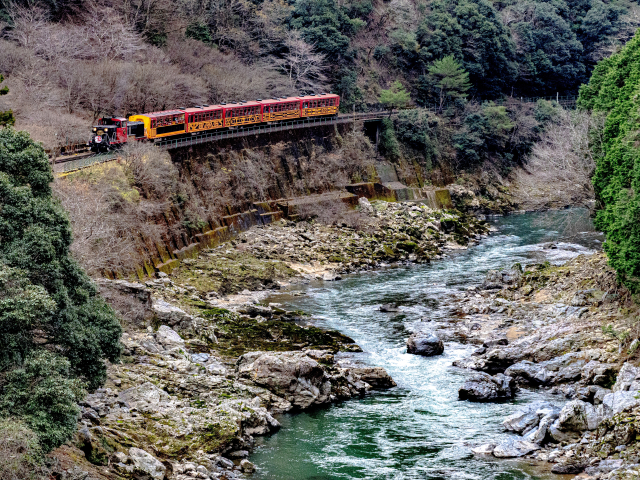
- Highlight: Trolley train crossing Hozu River Bridge + V-shaped valley panorama
- Best Light: During autumn colors around 2 PM, when western sun dyes car sides golden
- Parking Spot: Roadside Station “Galleria Kameoka” near JR Kameoka Station with 24h restrooms
- Stop-over: Kameoka Yunohana Onsen / Hozu River Descent (waterproof camera protection essential)
2.Water Mirror Symphony Played by Satoyama Diesel -Kishin Line
The 158km local diesel route Kishin Line connecting Hyōgo’s Himeji with Okayama’s Niimi. Gentle landscapes created by Harima’s satoyama and Ibo River’s clear streams continue, with spring canola flowers, summer water mirrors, and autumn golden rice ears. Setting up a tripod on rice field ridges, cream-colored KiHa trains pass with pleasant “gatan” sounds. Returning to the roadside station just minutes away by car, making sandwiches with fresh vegetables in the vehicle galley is also a small pleasure.
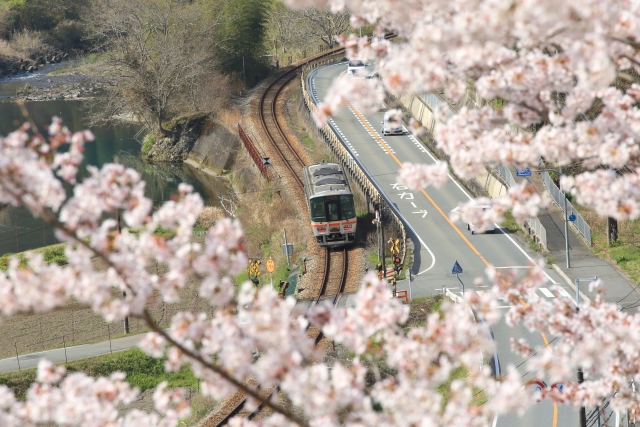
- Notable Section: Shingū-machi Hashinzaki―Ibo River with folding screen rock backdrop
- Seasonal Technique: “Water mirrors” before/after rice planting, summer morning mist + train light rays with long exposure
- Parking Spot: Roadside Station “Minami Haga” quiet & flat. Watch for deer jumping out at night
- Side Trip: Sōmen noodle lunch at Ibo-no-ito Museum / Tatsuno soy sauce brewery tour
3|Moments Capturing Pacific Blue and Sea Breeze ― Kisei Main Line
The massive 384km main line circling the Kii Peninsula. From Nachi-Katsuura to Kushimoto to Shirahama, coastlines overlooking the deep blue Pacific continue, with Limited Express “Kuroshio” blending into the scenery with its turquoise blue car body. When placing tripods on breakwaters at dawn, sunrise from the horizon dyes car sides bright red. Even if cameras get salt spray from sea breeze, the peace of mind of immediately returning to the camping car to wipe lenses is reassuring.
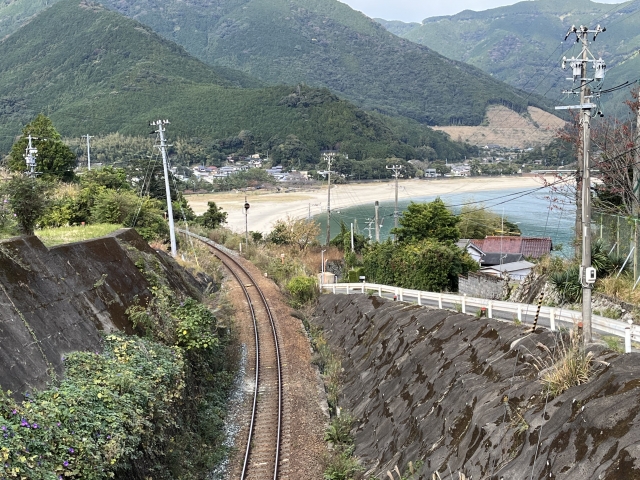
- Scenic Spot: Coastal bridge between Kii-Tahara and Koza
- Lighting: Morning front-light. Use PL to enhance sea surface gradation
- Parking Spot: Nachi-Katsuura Hama-no-miya Beach parking lot (hot water showers available)
- Stop-over: Nachi Falls / Kushimoto Underwater Park snorkeling experience
4.Scooping “Sea of Light” at Boundary Between Ancient Capital and Metropolis -Kintetsu Nara Line
Kintetsu Nara Line is the main artery connecting Osaka’s Namba with Nara. Around Ishikiri, it runs on the midslope of Mt. Ikoma with panoramic views of Osaka Plain and building clusters. At dusk, when orange sky overlaps with city lights, commuter train lights become bands of light—a beautiful moment. Parking the camping car in mountain foot parking lots and climbing to observation decks lightly equipped allows capturing night scenes and train performances even with handheld smartphones.
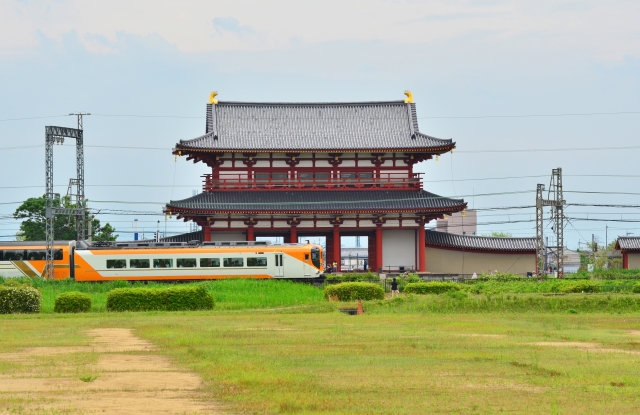
- Photography Appeal: Night views spread across Osaka Plain + Kintetsu limited express headlight trails
- Best Time: Determine composition 30 min before sunset → Blue hour 15 min long exposure
- Parking Spot: Mt. Ikoma Foothills Park Campground (power sites available/reservations required)
- Gourmet: Sugar recharge with “yomogi mochi” on Ishikiri approach
5.Red and Turquoise Complementary Color Drama ― Tango Akamatsu Train
Kyoto Tango Railway is a sightseeing train running from Miyazu to Nishi-Maizuru in northern Kyoto Prefecture. The deep red car body inspired by “red pine” traces Japan Sea coastal inlets, with especially vivid contrast against sea blue at Yura Bay curves. Since trains run between regular services, check official website for schedules. Five-minute walk to clifftop walking paths, clicking shutters while blown by sea breeze, then returning to the car for coffee brewed in simple kitchen while gazing at the sea.
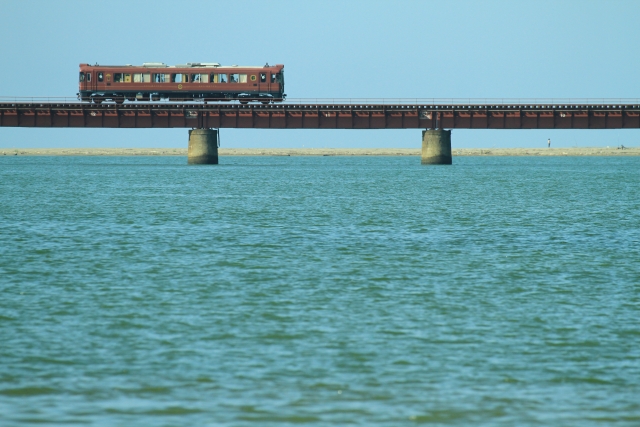
- Signature Composition: Complementary contrast between Yura Coast emerald blue and red car body
- Tips: Seaside salt damage makes equipment sticky, so immediate post-shooting cleaning with blower & wet wipes
- Parking Spot: Roadside Station “Maizuru Port Toretore Center” with abundant morning seafood direct sales
- Side Trip: Ine Funaya boat house cruise / Amanohashidate Sky Deck
6.Roaring Sound and Valleys Enveloping Five Senses ― Kansai Main Line
Of the JR Kansai Main Line running from Osaka to Nara, near Sangō Station steep curves threading valleys continue, where you can capture JNR-type 103 and 221 series powerfully climbing head-on. Motor sounds echoing in valleys are thrilling, but trains run only 2-3 per hour so timetable checking is essential. Timing to arrive on-site straight from vehicle beds for soft early morning light embracing car bodies is the advantage of camping car travel.
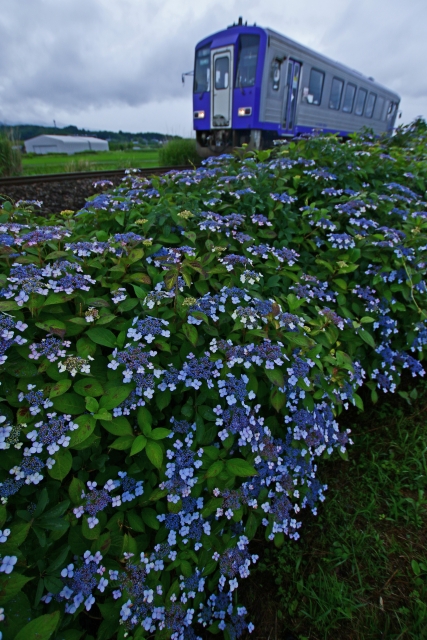
- Highlights: S-curves grazing mountainsides + 103/221 series 8-car power
- Lighting: Morning front-light, afternoon mountain shadows for subdued highlight gentle tones
- Parking Spot: Roadside Station “Katsuragi” quiet at night & supermarket adjacent
- Stop-over: Kame-no-se Tunnel (former line illumination) / Ōji Station front Daruma-ji Temple
7.Steel Staircase Extending to Heavens ― Kōyasan Cable
Nankai Railway Kōyasan Cable is a 0.8km steep gradient cable car heading to 867m elevation Mt. Kōya. Vermillion car bodies slowly climb the maximum 568.2‰ slope with spring cherry blossoms and autumn colors pressing close on both sides. First trains have fewer tourists, making photos easier from platform ends including entire tracks. Kōyasan Station front has large parking lots—arriving the night before allows quiet photography starts in crisp morning air.
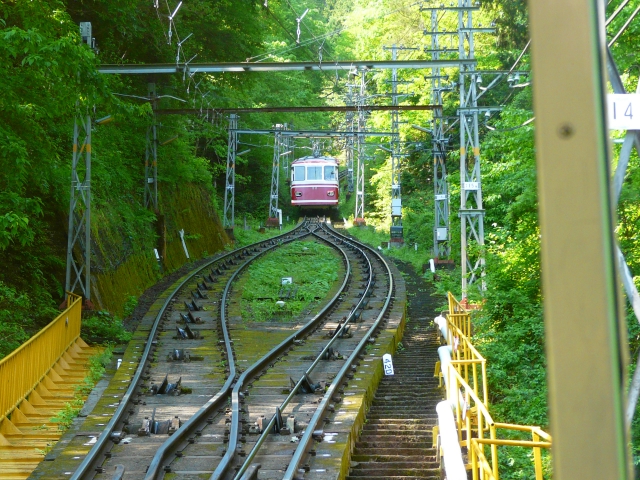
- Photogenic: Gokurakubashi Station platform overview + 568.2‰ gradient rail compression effect
- Cherry Blossoms & Autumn Colors: Cable-side slopes color simultaneously—telephoto 70-300mm compression makes mountainsides into canvas
- Parking Spot: Kōyasan Daimon parking lot (night starscape photography hidden gem)
- Spiritual Side Trip: Okunoin night tour / Buddhist vegetarian cuisine lunch
Photography Etiquette & Safety Guide
Things to observe for safe photography without causing trouble
| Check Items | Points |
|---|---|
| Entry Prohibited Boundaries | Outside yellow stakes/fences, stay 2m+ from track edge |
| Tripod Use | Refrain on platforms/narrow paths. Mountain trails use spike feet + rubber caps |
| Trash Management | Keep dedicated box in vehicle. “Leave more beautiful than when we arrived” |
| Insects & Wildlife | Watch for summer/autumn wasps, deer jumping out. Long sleeves + wasp spray |
